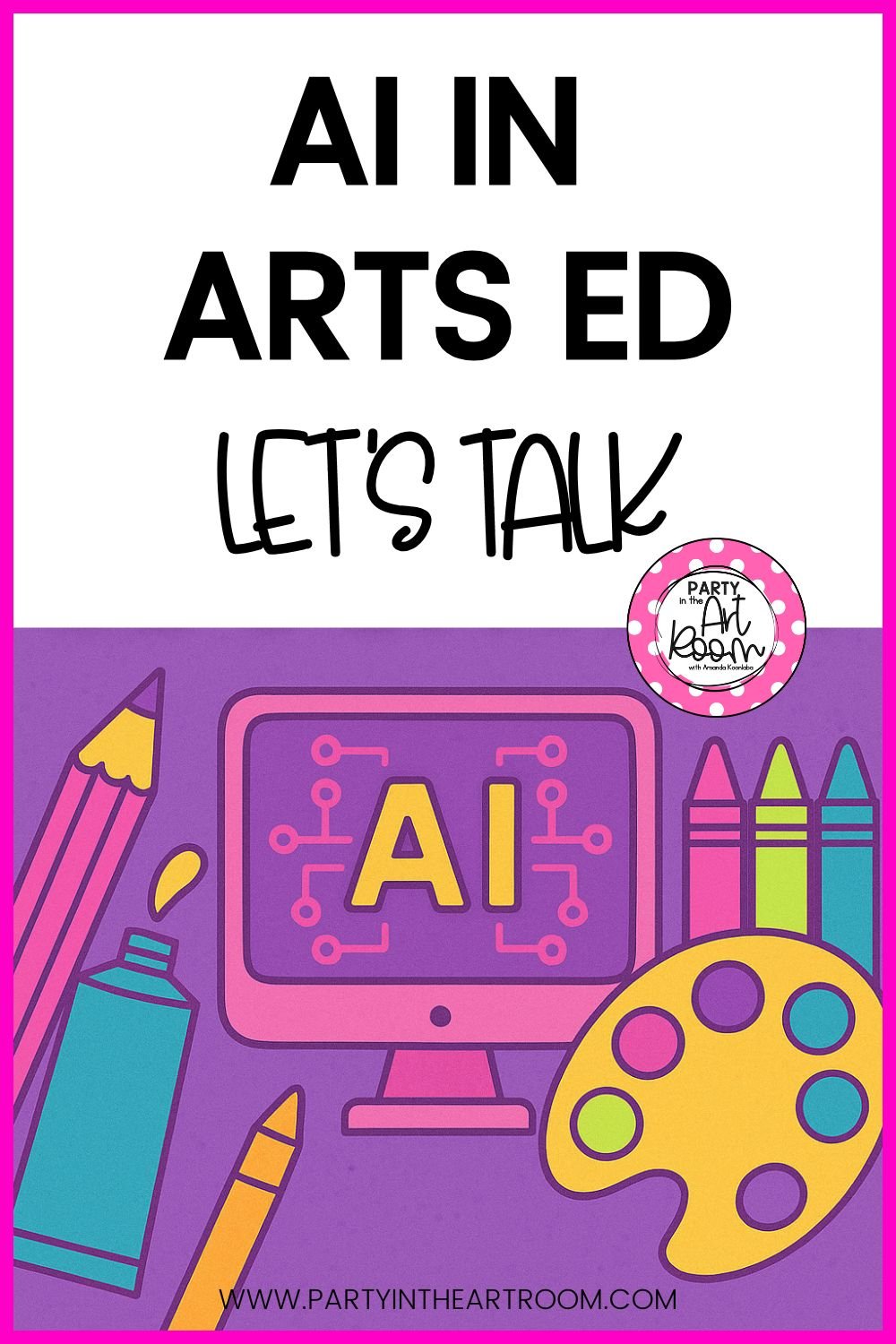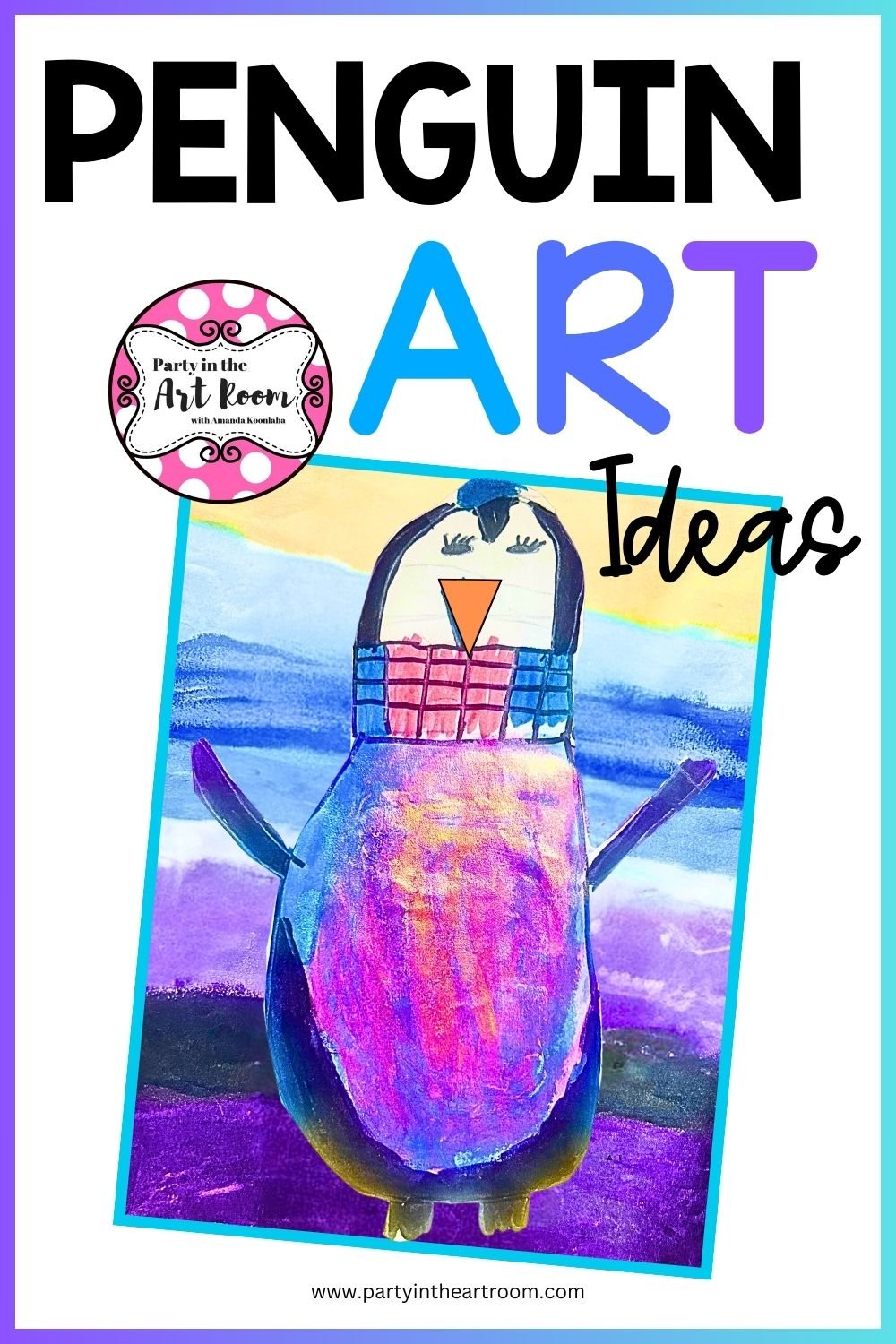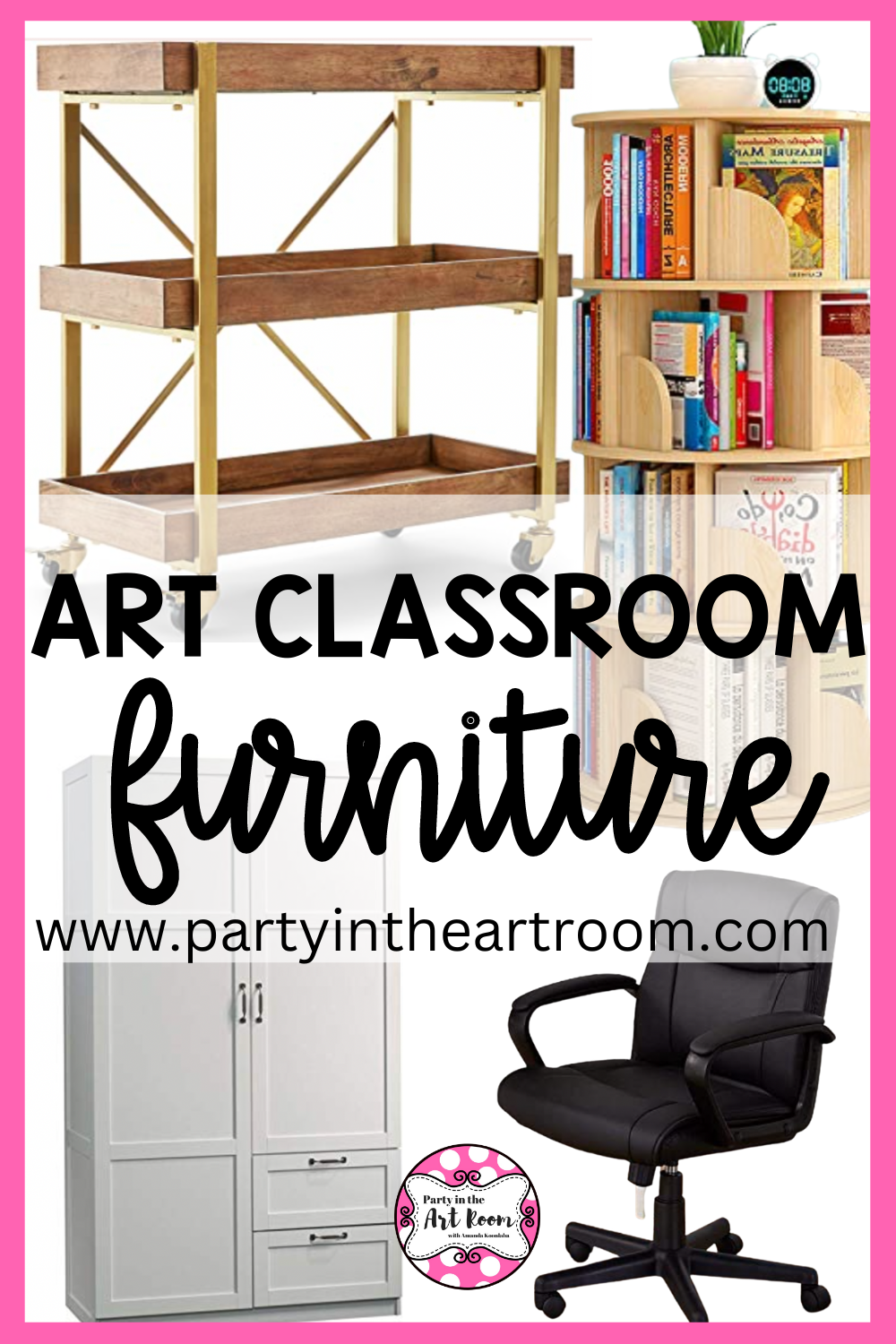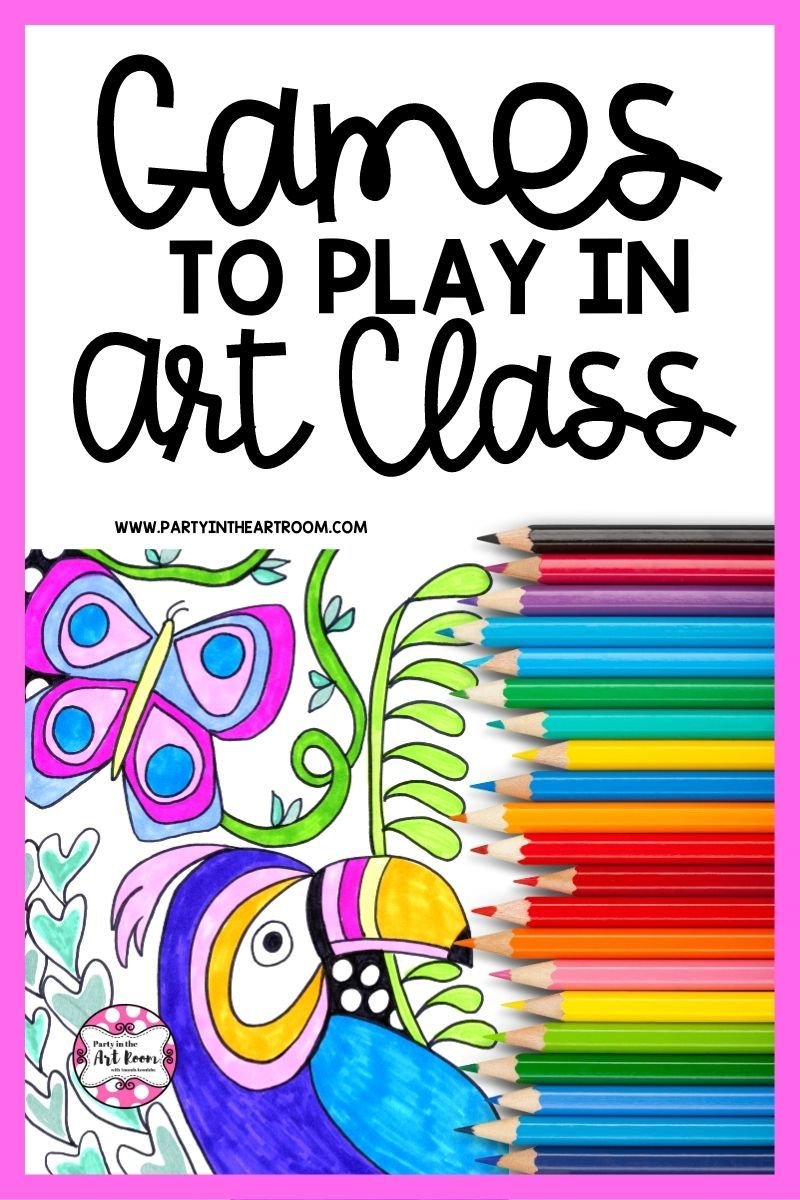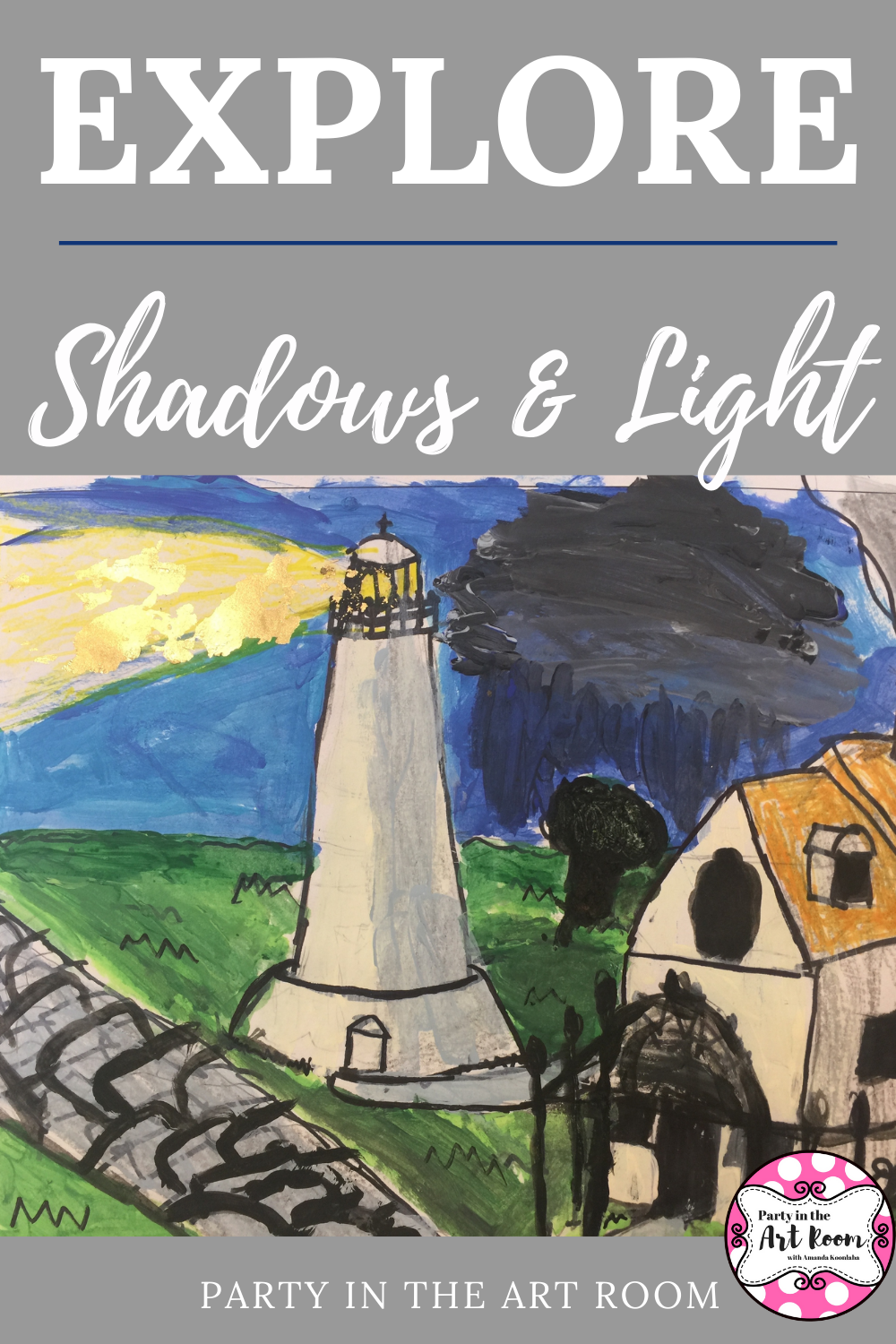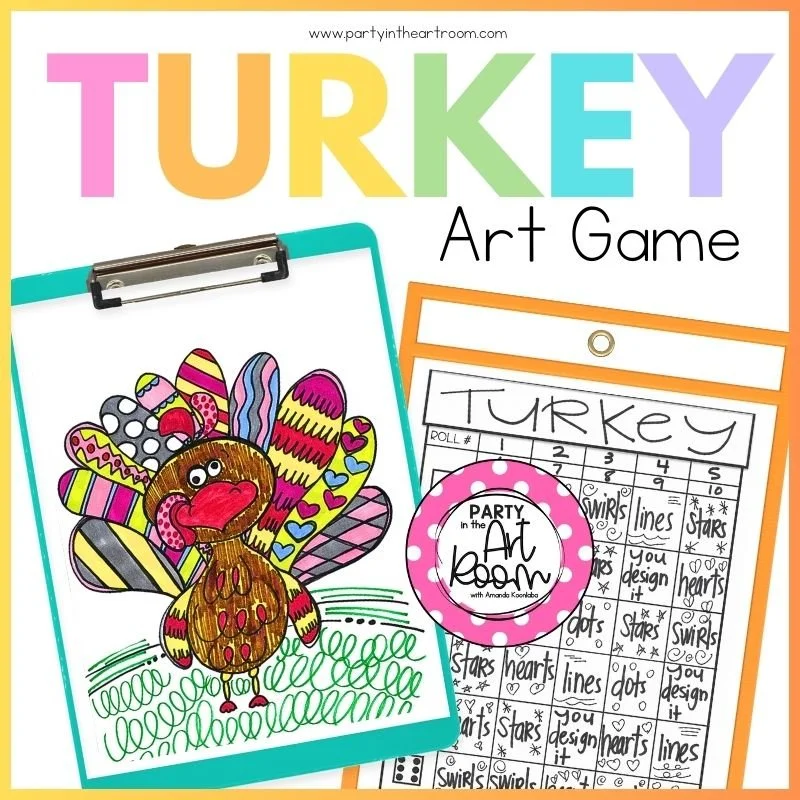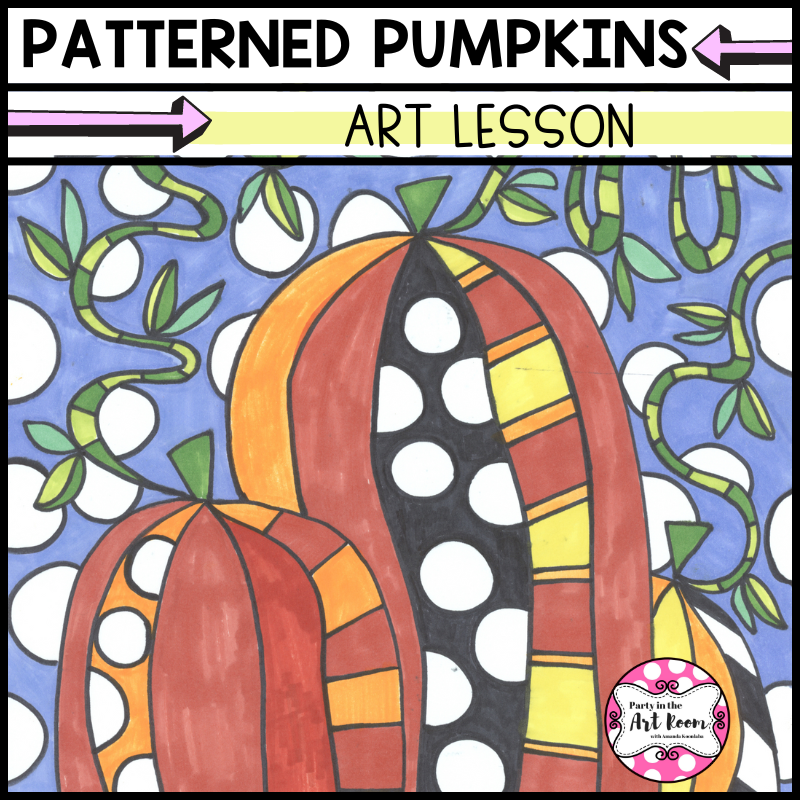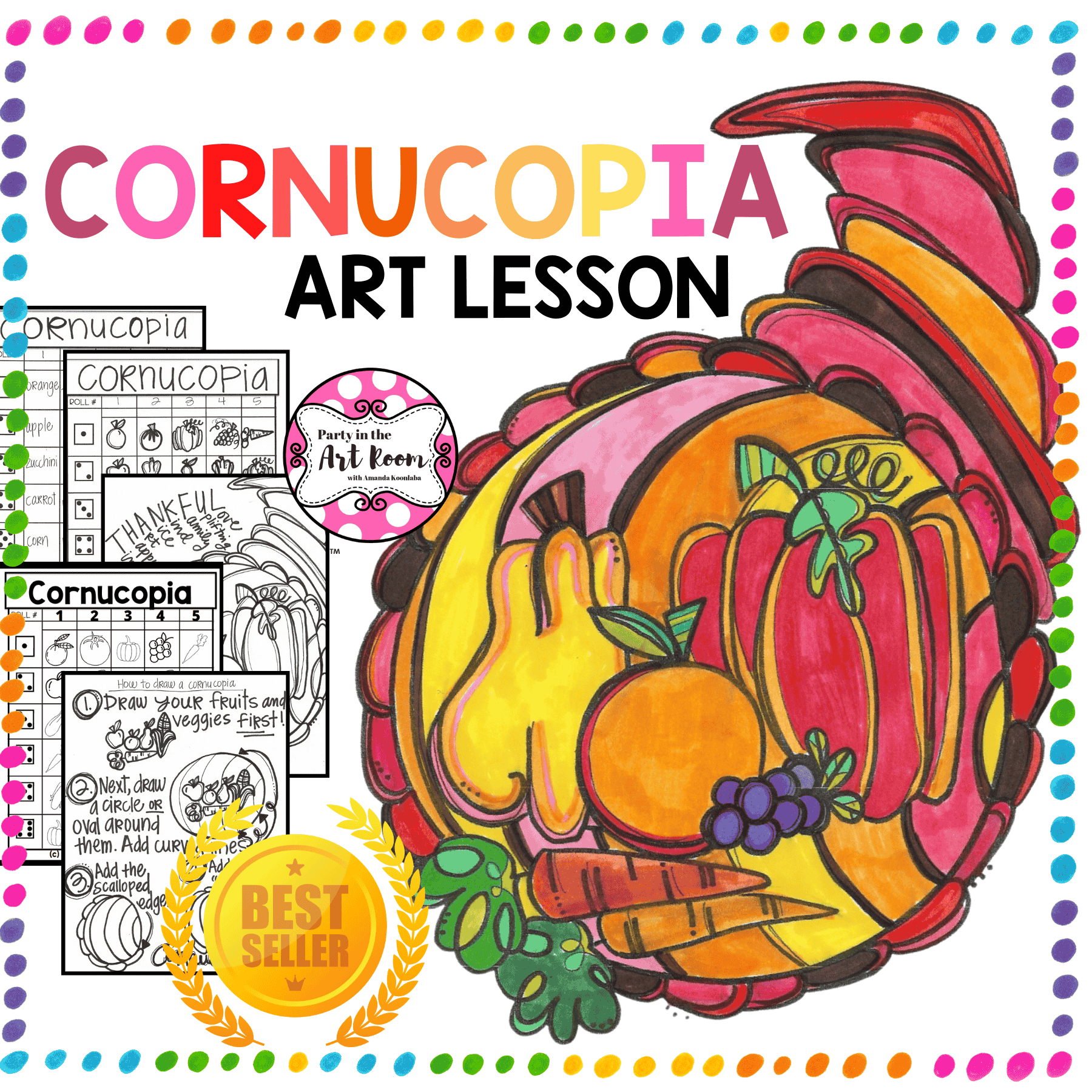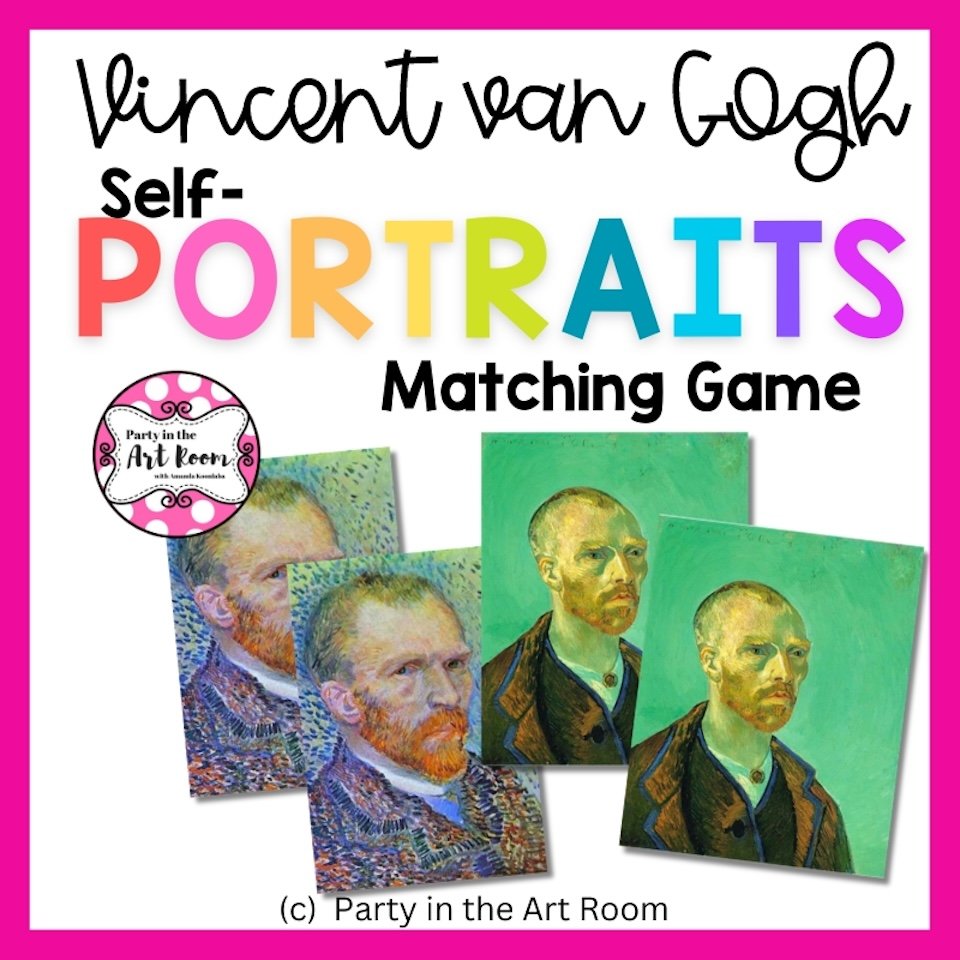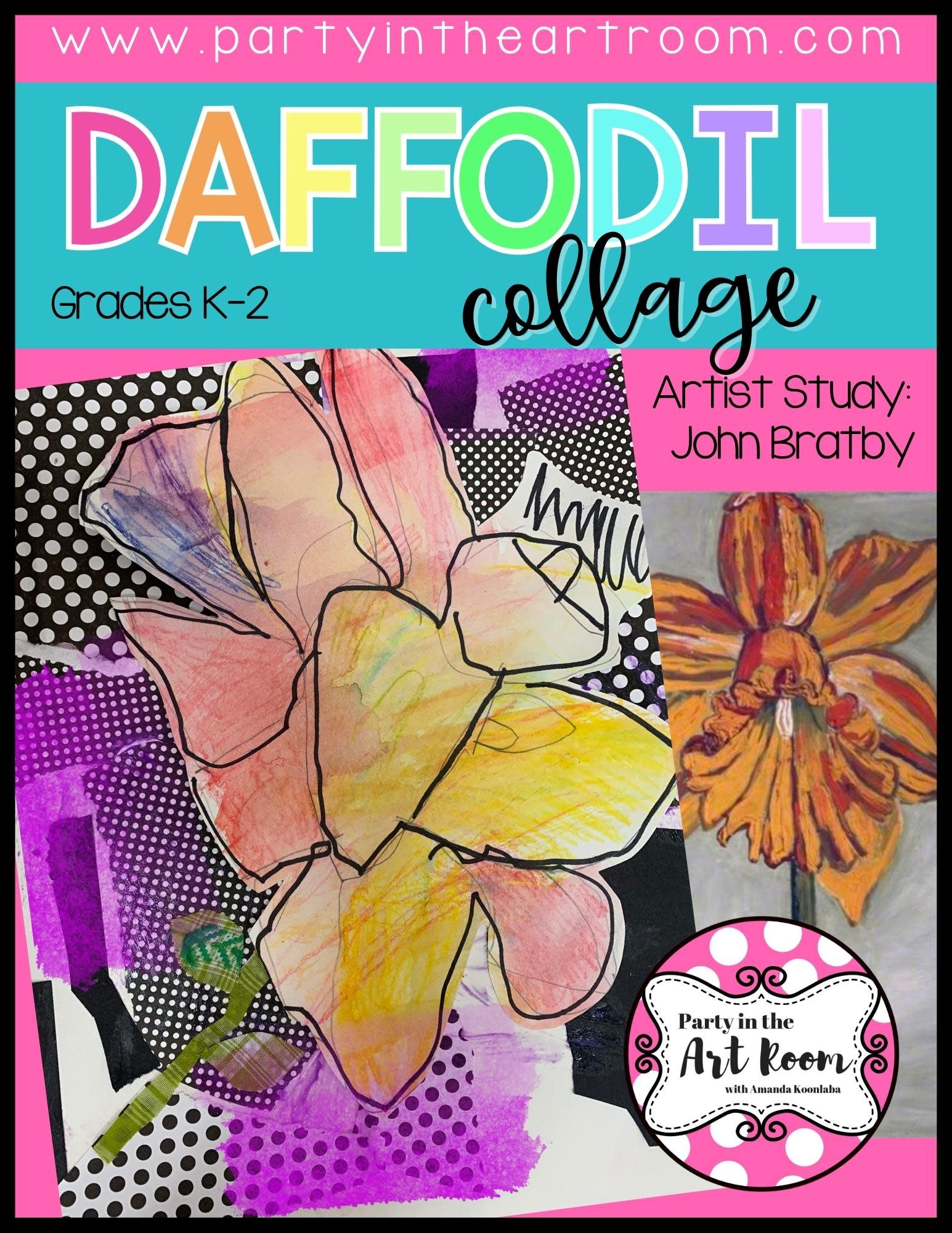AI in Art Education: What It Means for Real Classrooms (Not Robots!)
AI in Art Education? Let’s Talk.
The Kitchen Table Revelation
I was standing in my kitchen one evening, painting with my kids—messy, spontaneous, with glitter in our hair—when it hit me: a robot could never plan this moment. But maybe it could help me make space for it.
Why I’m Talking About AI Now
I’ve been quietly exploring AI tools for a while now. Not because I’m looking to replace my creative spark, but because I’m trying to protect it. Teaching artists, classroom educators, and anyone working in the arts and education ecosystem are being stretched thinner than ever. Our to-do lists grow while our planning time shrinks. And somewhere in the hustle, the joy can get buried.
So, here’s my question: What if AI isn’t the enemy of creativity, but the support staff?
Beyond Efficiency: Where’s the Soul?
Let’s be honest: the phrase "AI in education" can feel sterile, even threatening. There’s a lot of talk about automation and data and efficiency. But where’s the conversation about soul? Where’s the nuance? That’s what I want to explore.
Because here's the truth: creativity isn’t just a thing we teach. It's the way we teach. It's the lens through which we problem-solve, adapt, and connect. And that lens can shape how we approach new tools, AI included.
When AI Became a Mirror, Not a Machine
For me, the turning point came when I stopped seeing AI as a content machine and started seeing it as a mirror. A tool that, when used intentionally, reflects back our values, our quirks, and even our burnout. I realized I could use it to sketch ideas when I felt stuck, to brainstorm when I was tired, and to expand my perspective when I felt creatively narrow.
My First Experiments (Spoiler: Matisse Would Approve)
And so, I started dabbling.
Sometimes I asked ChatGPT to help me name a new art lesson. Sometimes I asked it to draft an outline for a professional development session so I could focus more on the interactive parts. Sometimes I just wanted to see what it would say if I asked it, "What would Henri Matisse do with cardboard and a glue stick?" (Spoiler: the answers were hilarious.)
Did it always work? No.
Was it always helpful? Not exactly.
But did it spark something? Almost always.
Welcome to "Creative Teachers, Meet AI"
This blog kicks off a new series I’m calling "Creative Teachers, Meet AI." Think of it like a behind-the-scenes pass to how I’m experimenting with AI to reclaim my time and amplify my impact in art education. I’ll share the good, the weird, and the glittery. And we’ll navigate this new frontier together, with curiosity and courage.
If you’re a little curious but unsure where to start, you’re not alone. That’s the whole reason I’m writing these posts. I want us to explore what’s possible without losing what’s precious.
👇 More for Creative Teachers Exploring AI
📘 Want thoughtful, teacher-centered prompts to guide your thinking?
Grab Prompted to Create on Amazon — a book for educators navigating creativity, AI, and everything in between.
✨ Want to explore AI with your students—without losing your creativity? Check out my AI in the Art Room – Creativity Challenges workshop! It’s a self-paced, teacher-friendly training that helps you create images and analyze them with real visual arts vocabulary. Earn 3 hours of PD credit and grab ready-to-use classroom challenges. Learn more here!
What AI Can Be (And What It Shouldn’t Be)
I also want to name something here: if you’re a teacher, an artist, or someone who leads with heart—you have probably been burned by systems that overpromise and under-support. So I get it if the word "AI" feels like another trend, another tech thing, another burden dressed up as a blessing.
That’s why my approach isn’t about hype. It’s about harmony.
AI can be:
The intern who drafts your ideas so you have more time for play.
The brainstorming buddy who doesn’t care how many tabs you have open.
The planner assistant who helps you build scaffolds for imagination.
But you? You’re still the artist. You decide what’s worth keeping, reshaping, or tossing in the scrap bin.
What’s Coming in the Series
Because if anyone can use a robot and still keep the art alive—in and beyond the classroom—it’s us.
Here’s what’s coming next:
5 Ways I’ve Used AI to Be a More Creative Teacher (and Human)
Can AI Help with Lesson Planning? A Creative Approach
How to Use AI Without Losing Your Voice (or Your Sanity)
The Art of Prompting: What Teaching Has Taught Me About Talking to Robots
I hope you’ll read, reflect, and maybe even try something wild with me. We’ll laugh, we’ll learn, and we’ll keep fighting for creative spaces that feel more like studios than factories.
Before we wrap this up—can I let you in on a little secret? I’ve been working on my own custom arts integration GPT. Yep. It’s like a lesson-planning assistant that actually gets what we do. Arts integration. Standards. Creative process. Whole-child learning.
It’s not quite ready for a full launch yet, but I’m putting together a list of people who want early access, sneak peeks, or just to be part of the creative development process. If that’s you, grab this free resource, and I’ll have your info so I can make sure you’re looped in.
Because if we’re going to build tools for educators, they should actually be built by educators. (Preferably ones with paint and glue on their shoes.)
Let’s Keep the Conversation Going
Let me know: have you used AI for anything creative in your teaching yet? Or are you just watching from the wings, wondering what it might offer? Drop a comment or message me—I’d love to hear where you are in this.
Because this isn’t just a tech conversation. It’s a creativity conversation. And those? I live for those.
✨ Want to explore AI with your students—without losing your creativity?
Check out my AI in the Art Room – Creativity Challenges workshop! It’s a self-paced, teacher-friendly training that helps you create images and analyze them with real visual arts vocabulary.
Earn 3 hours of PD credit and grab ready-to-use classroom challenges.
👉 Learn more here!
You Might Also Be Interested In:
Inside this free PDF, you'll find a treasure trove of van Gogh's self-portraits, each capturing the essence of the artist's unique style and introspection. From his early works to his later masterpieces, this collection showcases the evolution of van Gogh's self-representation throughout his remarkable career.
As students pair the self-portraits, they will develop visual recognition skills, explore color and brushstroke techniques, and gain a deeper understanding of van Gogh's artistic journey.
Affiliate Disclosure: Party in the Art Room is supported by its audience. When you purchase through links on this site, a commission may be earned.Hi! I’m Amanda. Teaching children to be creative thinkers is my greatest joy. I’m here to help you bring that same joy to your classroom.
This guide is packed with 25 ideas for using art to teach math and ELA. It’s arts integration for the win!
I want all students to feel successful in the art room, so I created a standards-based Daffodil Collage lesson to do just that! The lesson includes an artist study, student reflection, and more, so push your artists to their full potential.
